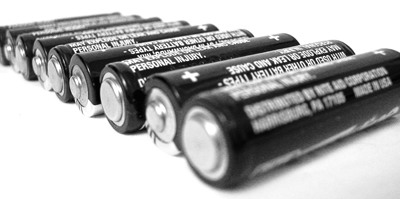Preparation of photographic equipment begins with adequate cleaning, servicing and calibration. It makes no sense to spend significant amounts of hard-earned money on a journey only to discover that all the images are incorrectly exposed. However, it is amazing how many photographers neglect these matters. Professional servicing should take place well before departure to allow time for any problems to become apparent. Have the sensors in digital cameras cleaned to remove potential dust spots etc, and check that memory cards, chargers and back-up storage devices are all operating correctly. Run a few films or images through film-based cameras as a final check, but also take at least a second body on important trips.
Lenses should also be professionally inspected and cleaned, but the front and rear elements also need to be inspected on a daily basis whilst travelling. The cleanliness of rear elements is particularly important because contamination can cause significant image problems. Some lenses have protruding rear elements that seem particularly susceptible to this problem. However, cleaning is best done professionally except where there are obvious and urgent problems.
 |
| Public domain image by Paige Foster - freeimages.com |
General external cleaning and degreasing should be undertaken regularly, both at home and while travelling. A few minutes work with a soft brush, an air blower, a micro-fibre cloth (rather than tissues), and perhaps a little cleaning fluid should be part of a travel photographer's routine. Anti-static brushes dissipate dust attracted by static charge in dry climates. Contamination is a particular problem with digital SLRs. Dust accumulating on sensors reveals itself as spots in the captured images. While travelling, it should be removed using a filtered blower beneath the inverted camera so dust can fall out. The sensor should not be touched.
Consumables are best obtained well before departure. If using film, amateur film types may be preferred and purchased in bulk to save money. Store film in a domestic refrigerator. Deal with known suppliers who can be relied upon to store film in the proper manner. Supplies purchased on a journey are often more expensive and may prove unreliable. Professional film is aged for immediate use and it may not be possible to predict when it will be exposed or how it may be stored en route.
Films should be removed from boxes to reduce their volume, but left in their wrappers or plastic canisters - they contain dry nitrogen. Canisters should be labelled with the film type, the "process-by" date and an unique number to aid record keeping. Digital memory cards are expensive and comparatively fragile. Store them in custom-made wallets and take as many as you can afford, or more than your download philosophy demands.
Batteries, like film, are best purchased in bulk from reliable suppliers having a high turnover. Cells of unknown age and manufacture may prove unreliable. It really isn't worth looking for savings in this area - the consequences may be photographically terminal. Putting fresh batteries in everything before departure provides the reassurance of a known starting point. Finally, check and fully charge rechargeable cells, and have available at least one spare set and a backup charger.






